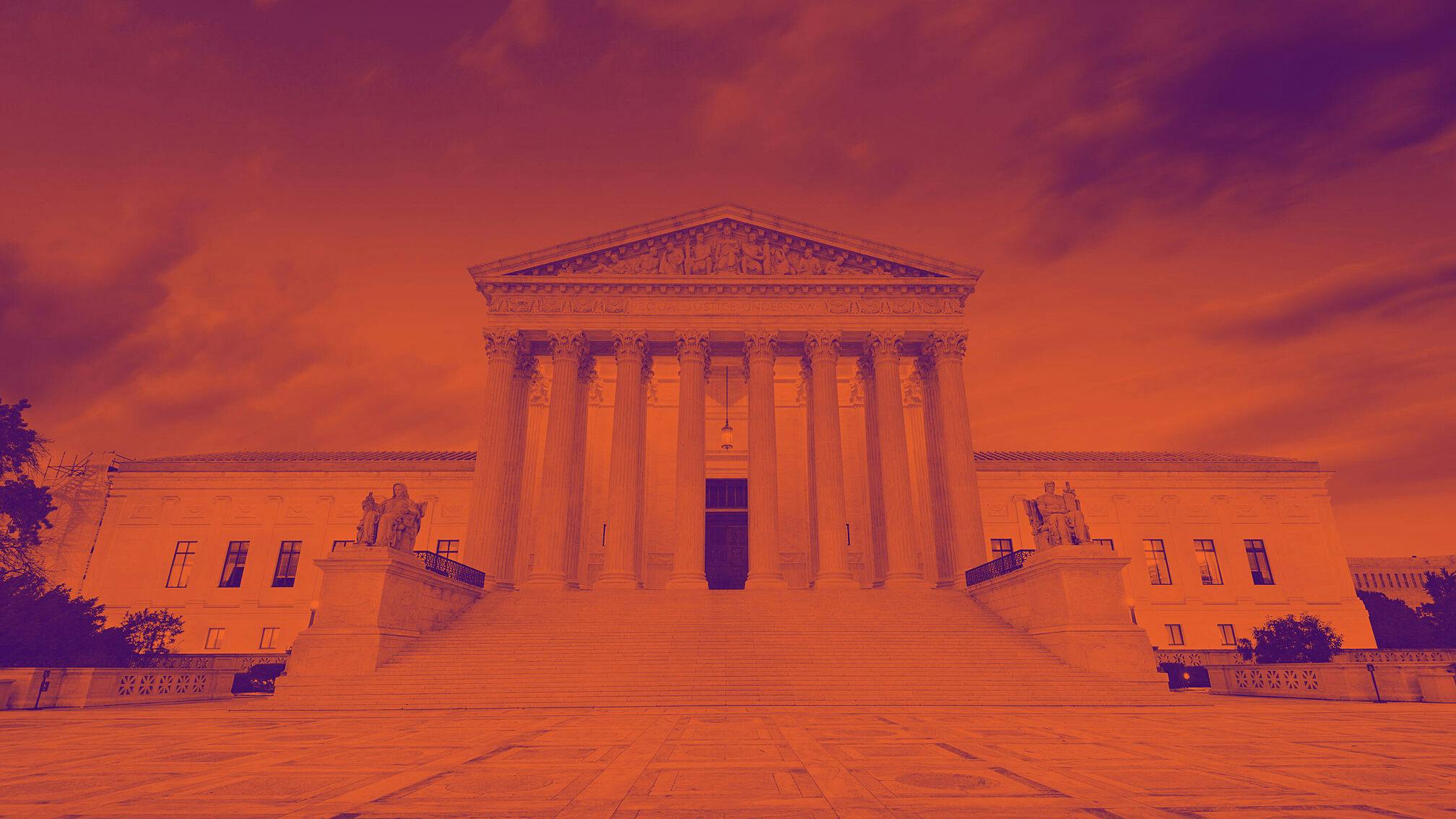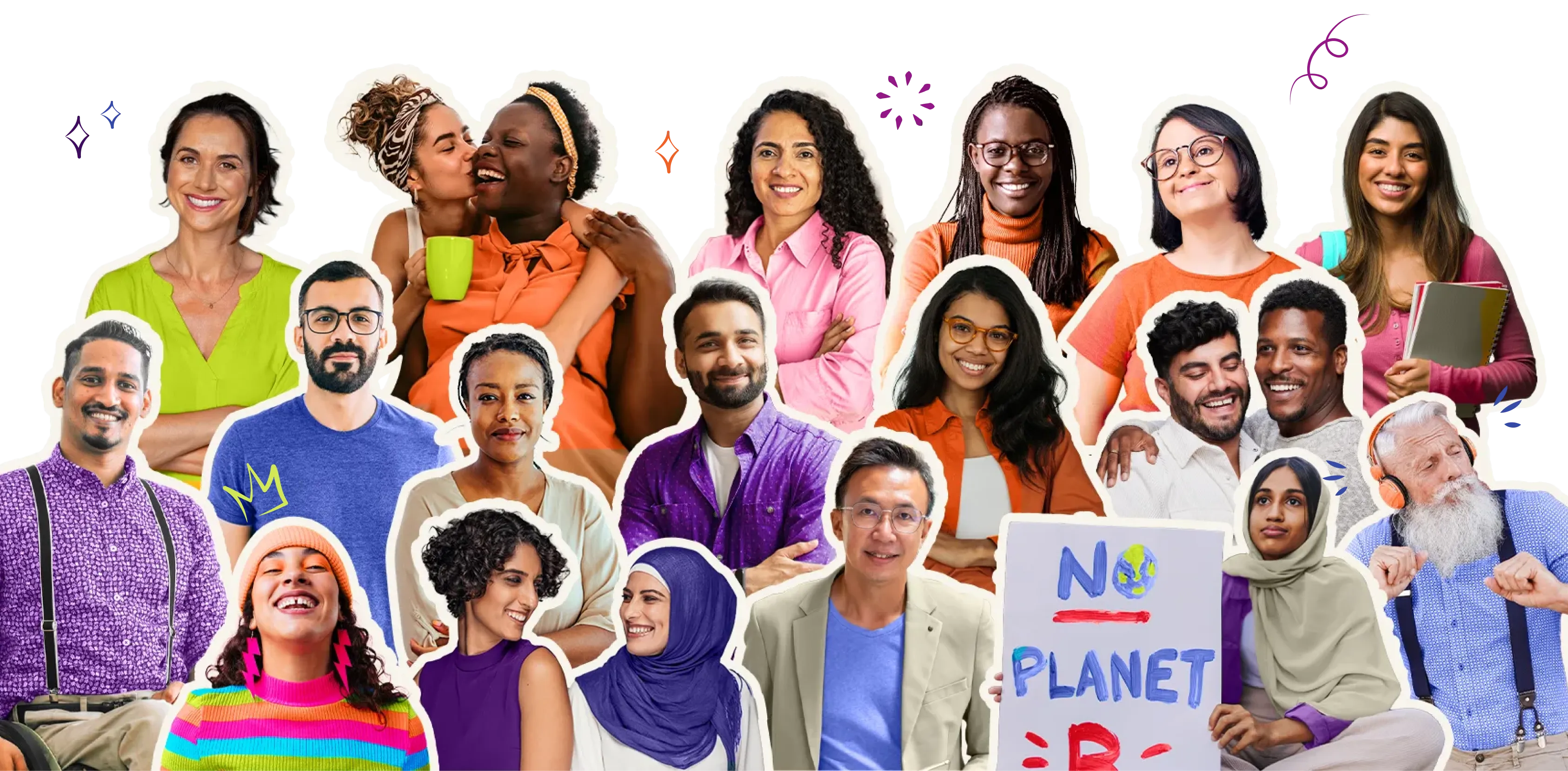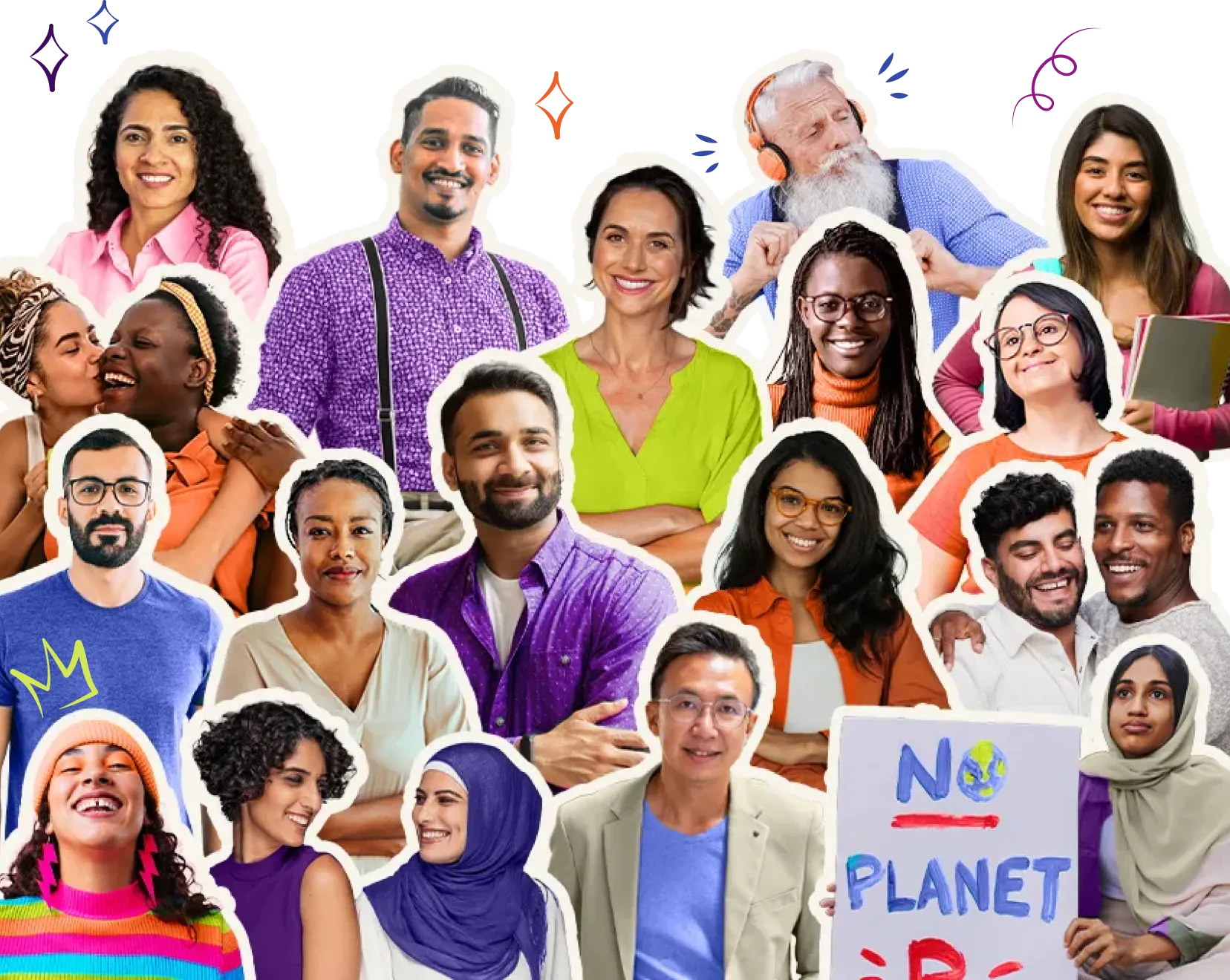
Two weeks ago, I was in the lobby of the Kimpton/Palomar hotel in Los Angeles, up early, reading the Supreme Court’s decree that if we stop inferring things from an individual’s race, we will eliminate racism, when I noticed a commotion outside the hotel’s locked glass front door.
A young Black man in a tracksuit waved at us, knocked on the door, and tried to get one of us to move to let him in. There were eight of us in the lobby, including three employees — two inside, one outside. No one moved to let him in. He became upset, gesticulating. I got up and let him in, fretting I may be violating some code but preferring to be on the side of fairness. He muttered something, took out his room key, and went to the elevator.
It was a moment that illustrated the point Harvard, UNC, and the dissenting justices sought to make: people of color are treated — negatively — as fungible, constantly as representative of a fixed cohort, not as individuals. Doors click shut, people are presumed not to be from here, called by the name of another that looks nothing like them. As long as this is the first and lasting view of so many, particularized experiences of any one person in this cohort can literally be irrelevant.
It’s why Professor Gates gets arrested on his front lawn and why a Black 15-year-old gets shot in the head for knocking on the wrong neighbor’s door.
Every single moment of every day, we are presuming things, too often negative, about women, about people of color, about trans people, because of their perceived membership in a disfavored group. This is called … life.
The Court’s majority doesn’t deny this, it just doesn’t care. It puts the remedy for this persistent bias on the backs of the minority: figure out another way to get redress in a discriminatory society. Affirmative action, designed to counter the effects of this centuries-long treatment, is now shut off. Nothing is offered to incent people and institutions to stop discriminating. Instead, the burden turns to those discriminated against to make the discriminators behave better.
The Roberts Court’s policymaking with respect to the LGBTQ+ community (303 Creative) and people of color (Harvard/UNC) can be understood generally as an exercise of a majority’s raw power, but more specifically through the lens of existential fights over status and conduct, and who gets to decide what is which.
On the status/conduct continuum, here’s what we now know:
- The web designer/artist must do business with LGBTQ+ people but can draw the line if we gays love or marry; that is if we do anything gay. Our status is tolerated, but not our conduct. This is “Don’t Ask, Don’t Tell.”
- For race, it’s the opposite. Universities may consider the conduct of being Black in that they may take note in the admissions process of how an individual is treated because they are Black, but they may not infer the obvious — any of this rampant mistreatment as stemming from the status of Black persons.
Got that?
The dissenting opinions in both cases see through this artifice, or maybe a power play. These dissenting justices know from experience that status and conduct are so symbiotic that this parsing, in the way the majority opinions do, is about something else.
Which it is.
In both cases, the sensibilities of the majority — the Christian “artist” or the white potential students at elite schools — are protected. Peering through the legal thicket, the rulings say that in the rough and tumble of pluralism, the majority must be protected from the minority. Not exactly what most of us believe needs to happen in life.
It’s about power, and who has it, and what people in most cultures do to maintain their power — they bend rules to control the institutions — Merrick Garland not getting a vote, they pretend that their success is about their merit — Harvard Justice John Roberts telling Harvard he knows better than they how to educate, and they control and manipulate the classroom — Gov. DeSantis and many others successfully banning facts from the classroom because they offend the sensibilities of white students and parents.
People — in this case, Justices — who have benefitted at every stage from restricted policies that made their entrance to elite circles less competitive, turn the screws on the rest with a sophistry that racism will end when you stop saying race.
None of this is new, sadly.
The Dobbs anti-abortion decision is a culmination of a decades-long effort to retrench against women’s advancement. In a society where women are meaningfully advancing at most levels of achievement — 60 percent of college students are women — the Court doubles down on a dystopian vision that women can’t make fundamental health decisions about their own bodies and lives.
Reconstruction — with its majority Black legislatures in the South — brought us public schools, infrastructure investment, and access to public accommodations. It lasted 12 progressive years, after which a massive assault was constructed. The invention by the Daughters of the Confederacy of “The Lost Cause,” enforced by violent segregation — Jim Crow — in water fountains and cemeteries, not to mention schools — lasted 70 years under the law and until today de facto.
The pushback on Black, Latino, women, and LGBTQ+ achievement is ferocious in this nation.
And that’s what’s going on now, all around us.
Barack Obama was president for eight years, since which time we’ve seen an exacerbated assault on progress.
But we still have joy.
Those of us who support progressivism, in all its forms, are on the right side of these struggles, and we have superior abilities.
This is how we’ll restore what SCOTUS takes:
One, we are on the side of the faithful — there is no major religion (despite some denominations) of which I’m aware that doesn’t organize around our progressive values of looking out for those with the least — from the Sermon on the Mount to the Bhagavad Gita to the Mishna.
Two, in the absence of institutional money and support, we are forced to be creative. Fannie Lou Hamer didn’t need a multi-year foundation grant to start a rival Democratic Party in Mississippi. She had vision and help from Bob Moses, Eleanor Holmes Norton, and Barney Frank. We, too, have vision. We, too, have bold leaders with bold ideas. Have you seen LaTosha Brown? Jacqueline Martínez Garcel? Margaret Huang?
Three, we know how to operate within sprawling movements. Last week a civil rights group sued Harvard, challenging its legacy programs. A college that wants to continue its affirmative action program as-is will declare itself a ‘military academy’ — which the majority incoherently exempted from the ban.
Jewish and other women in Kentucky are challenging the state’s abortion restrictions as violative of their religious liberty, appropriately turning the argument successfully used by the right on its head.
Post the 303 Creative ‘artist” case, which allows me as a gay business owner to pick and choose my customers based on my religious preferences, someone will create a national database of companies that disrespect us, a reverse “Green Book,” so that gays and our allies know where not to shop.
People who have been marginalized are endlessly creative. It’s why we have humor and entertainment in this country. And it’s true in policy and politics. We will come up with the strategies and tactics to continue the fantastic march of progressivism.
Pray for those conservatives who triumph by keeping us down.


